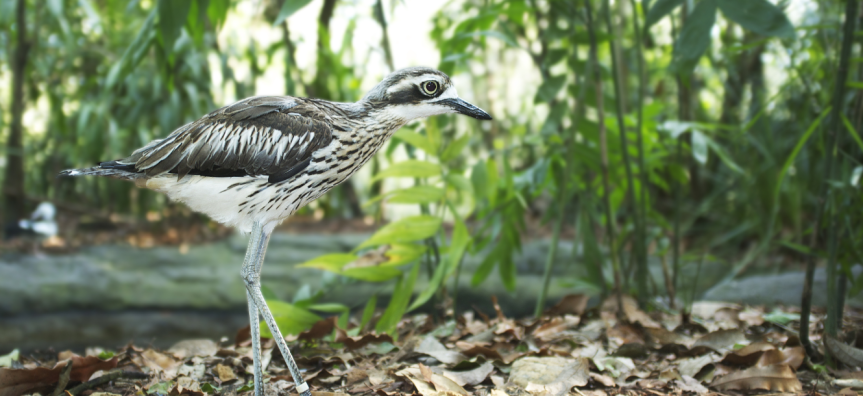The Northern Beaches is a haven for a diversity of native birds, with many avid ‘twitchers’ drawn to our bushland and waterways.
Our coastal and freshwater wetlands in particular provide critical habitat for migratory shorebirds to rest and feed when travelling long distances.
Sadly, many migratory birds are now endangered with their habitats and breeding grounds under pressure in Australia and globally.
Given this, we were pleased to be approached by a resident who had recently sighted a bush stone-curlew on the Pittwater foreshore at Palm Beach.
A large, slim, nocturnal, ground-dwelling bird, the bush stone-curlew used to be quite common but is now listed as threatened in New South Wales.
During breeding, bush stone-curlews create a nest on the ground laying up to two eggs between August and October and again around November to January.
With Australia home to 17 species of shorebirds and a further 36 species migrating here in the summer, we need to be mindful of sharing the shorelines with them.
Two simple steps to help keep beach-nesting birds safe are to keep your dog on a leash when not within a designated off-leash area and to walk on the wet sand when visiting the beach. These birds nest in dry sand areas close to dunes.
Another way of helping is to email Council with any species sightings.
More information from our partners:
- Bush-stone curlews (Birdlife Australia)
- Shorebirds identification booklet (Birdlife Australia)
- 5 small things you can do to help endangered shorebirds raise their chicks on our beaches (NSW Government)

